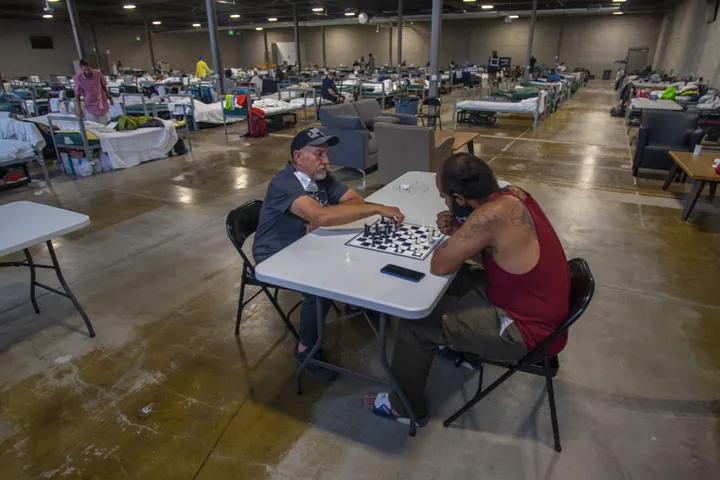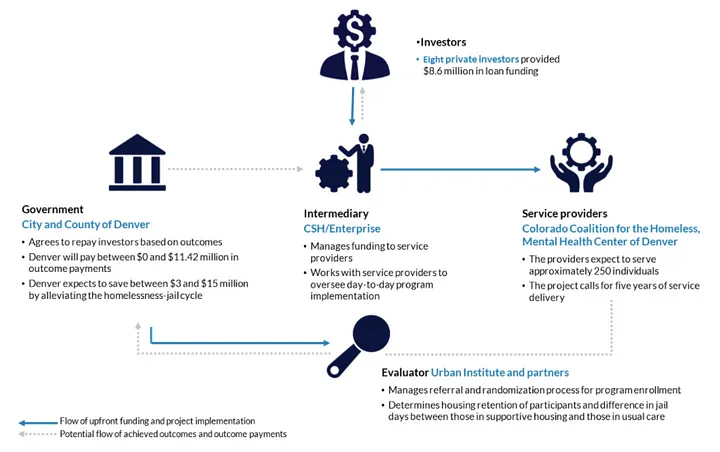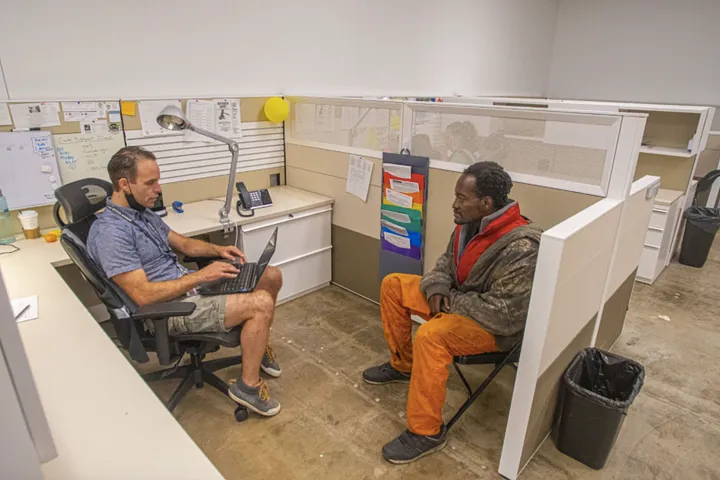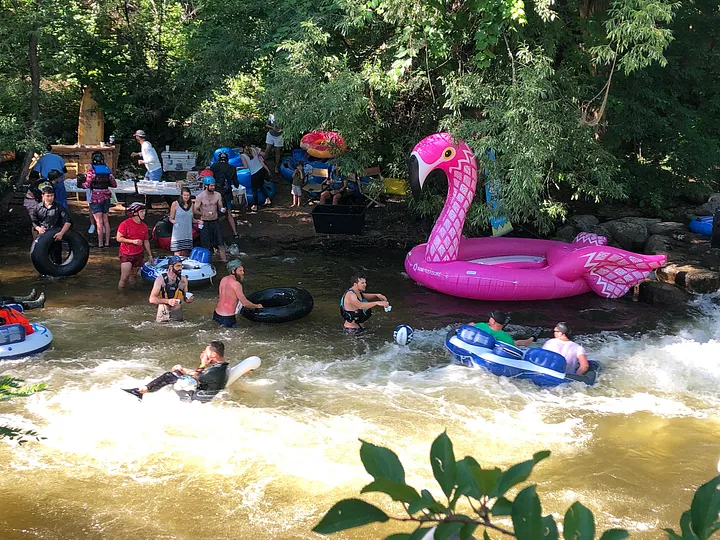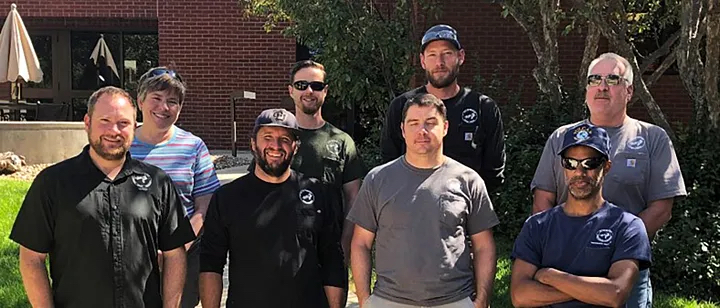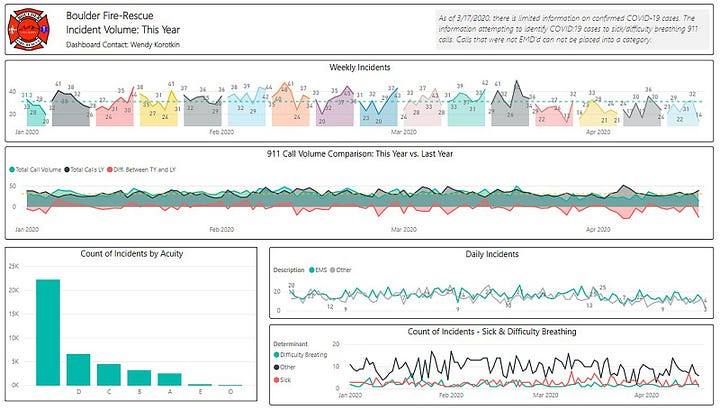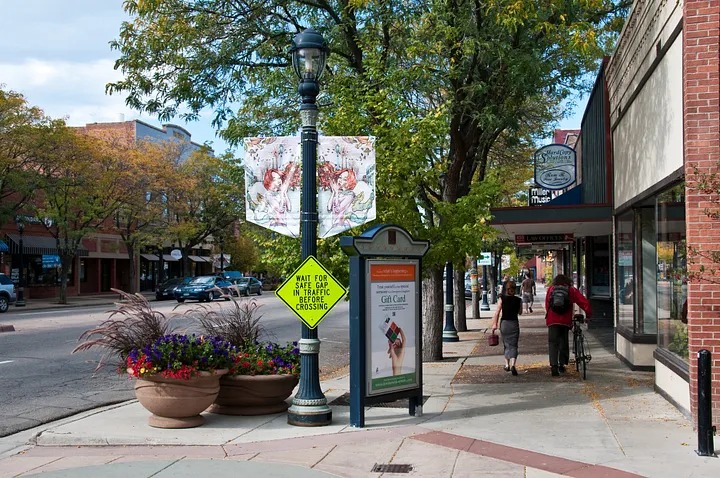Fort Collins, Colorado, USA
Fort Collins Adapts to Drier Climate with Data-Driven Solutions.
Project Type:
Community Engagement, Communications, Environment, Equity, Finance, High-Performing Government, Infrastructure
At a Glance
Saved nearly 40 million gallons of water by implementing a monitoring system that measures hourly water usage and allows customers and contractors to track their water usage.
Utilizes data to identify residents who could benefit from the City’s home energy efficiency program. This data helps facilitate easier communication between city officials and residents, both can reach out to another to share information.
Residents help city staff develop and evaluate budget proposals using an outcomes-based rubric. The city solicits participation through the city’s budget website, where residents can read documents, watch videos, and participate in surveys and online forums.
Tackling Big Challenges
ears of historic drought have exacted a heavy toll across the western U.S., from devastating wildfires to shrinking reservoirs. With extreme heat and dryness expected to be the new normal for years to come across the region, governments have no choice but to adapt. In more and more areas, water management has become an innovation challenge: How can cities learn to live with less?
The City of Fort Collins has a history of tackling big challenges, like developing renewable energy technologies and next-generation rechargeable batteries. Recognized in 2015 by the Smithsonian Institute as a place of innovation, and home to high-tech startups and Colorado State University, Fort Collins views ingenuity as part of its DNA.
No surprise, then, that city officials have stepped up to the challenge of 21st century water management with data-driven innovations that creatively engage and empower residents to be part of solutions. This work has flowed out of Fort Collins’ steady investment in building staff comfort and skill with foundational practices including data governance, performance and analytics, and stakeholder engagement. The City treats data as a strategic asset that can yield actionable insights and meaningfully engage the public.
“When you have a robust data program, and data is easily accessible to both staff and residents, it becomes much easier to determine how finite city resources can be used to tackle issues such as water conservation.”
Sharing Data to Save Water
The City’s Landscape Water Budget and Leak Alerts programs showcase how combining the right technology platforms with open data practices and performance analytics can deliver real results.
Prior to launching the Landscape Water Budget program, Fort Collins conducted commercial irrigation audits. Staff from Fort Collins Utilities, which manages the City’s water supply, would assess properties and make irrigation improvement suggestions. But many customers would request an assessment each year without having implemented the City’s previous water-saving advice. City staff often would find themselves stuck between the customer (who owns or rents the land) and a landscaping contractor in charge of irrigation.
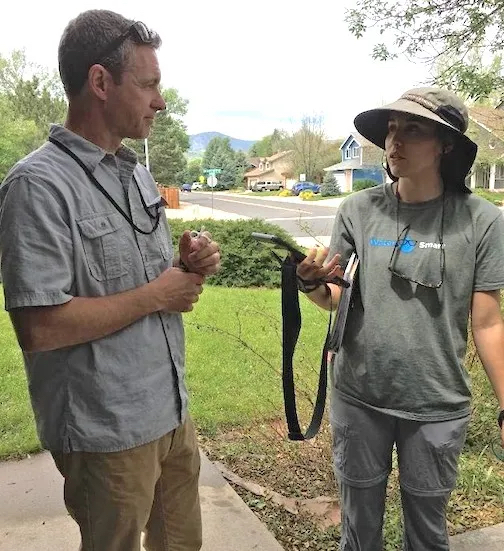
So the City overhauled its approach. Using hourly water usage data drawn from its new Advanced Metering Infrastructure (AMI) system, Fort Collins Utilities began providing suggested water-use budgets to both customers and contractors during initial on-site consultations. Customers can access their water accounts detailing suggested and actual usage 24/7 via the MyWater portal, developed in partnership with the WaterSmart data analytics platform.

The overarching idea was to give end users useful insights into how they can conserve water and empower them to make adjustments without city involvement. “Fundamentally, we are better off when we can build conversations with customers and the broader community that are based in transparency, visibility, and engagement,” says John Phelan, energy services senior manager at Fort Collins Utilities.
Since launching in 2018, the Landscape Budget program has reduced water use by an estimated 73 million gallons. This represents about 1 percent of the City’s total annual treated water use. Over the same period, the number of participants — many are homeowners’ associations and customers with landscapes that cover millions of square feet — has doubled from 40 to 80.
The MyWater portal also provides individual household customers with general water use information and comparisons to similar homes. The AMI system can automatically flag continuous water use, so Fort Collins Utilities decided to use this feature to enhance its system for alerting customers about suspected leaks. On the MyWater dashboard, a household can sign up for the Leak Alerts program and select a preferred communication method. The system will send text message or email notifications if continuous water use is sensed for a 24-hour period. Previously, the City would call a customer or mail a letter if it suspected a leak.
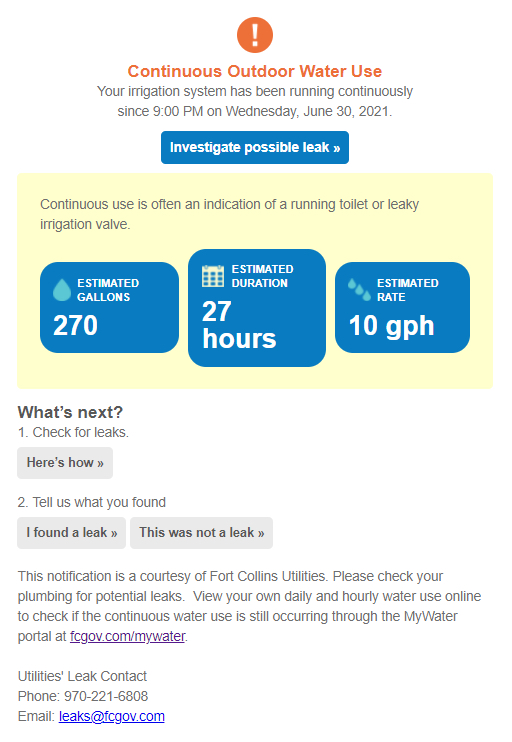
Since 2017, the City has sent more than 13,300 Leak Alert notifications. Because it can now reach more customers faster and resolve leaks more quickly, the results are dramatic: an increase in estimated annual water savings from two million gallons prior to 2017 to 40 million gallons in recent years.
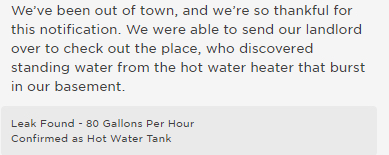
Data from both the Leak Alerts and Landscape Water Budget programs are tracked by Fort Collins’ customized database known as “Bertha,” which supports the City’s big utilities goals: high-quality service and efficient resource management. (Fort Collins Utilities also manages stormwater, wastewater, and electricity.) Staff designed the database system to collect and organize data from all utility services across the City, helping staff address a range of challenges.
For example, city officials have analyzed utility data to identify residential properties that could benefit from the City’s home energy efficiency retrofit program, and then engaged those customers. And during the pandemic, staff pulled data from Bertha to identify residents who had fallen behind on payments and then reached out to them to share information about utilities payment assistance resources.
“Data helps us make better decisions as a city and helps the residents of Fort Collins make better decisions.”
Budgeting by and for the People
Data governance, metrics-driven performance management, and stakeholder engagement is evident in Fort Collins’ budgeting approach as well. The City operates a robust public engagement process. In the months leading up to submission of the biennial budget proposal to the City Council, residents can visit a budget website to read budget documents, watch videos, and participate in surveys and online forums. The feedback is considered by staff as they develop the official budget proposal.
The City’s Budgeting for Outcomes process, which prioritizes budget requests to aid decision-making, also serves to increase community participation. Fort Collins’ budget is broken into seven outcomes, each tied to specific performance metrics. For example, in the Neighborhood Livability & Social Health outcome, a key metric is Voluntary Code Compliance, which tracks city efforts to educate neighbors on city ordinances and codes. Through the budget engagement and feedback tools, residents can rank their priority outcomes, as well as which objectives should be prioritized within each outcome area.
The Budget 2021 site garnered participation from over 3,250 unique participants, despite the unprecedented year that was 2020. The Budget 2022 site is expected to have even greater engagement.
“It’s really exciting to see the process work,” shares Lawrence Pollack, Fort Collins’ budget director.
Going forward, Pollack’s team will advance its budgeting process through its Equity Indicators Project. Working with community leaders, officials will look at various equity indicators across the City to focus budget offers on actions that can help close racial and economic disparities.
“Every budget request now has to answer how it advances equity in Fort Collins so that we really embed this work throughout the budget process.”
By intentionally engaging more diverse members of the community, Pollack and his team are hoping to get more actionable and meaningful information from residents. “We don’t want to just hear the vocal majority,” Pollack says. “The differentiation of voices is really important in this work.”
